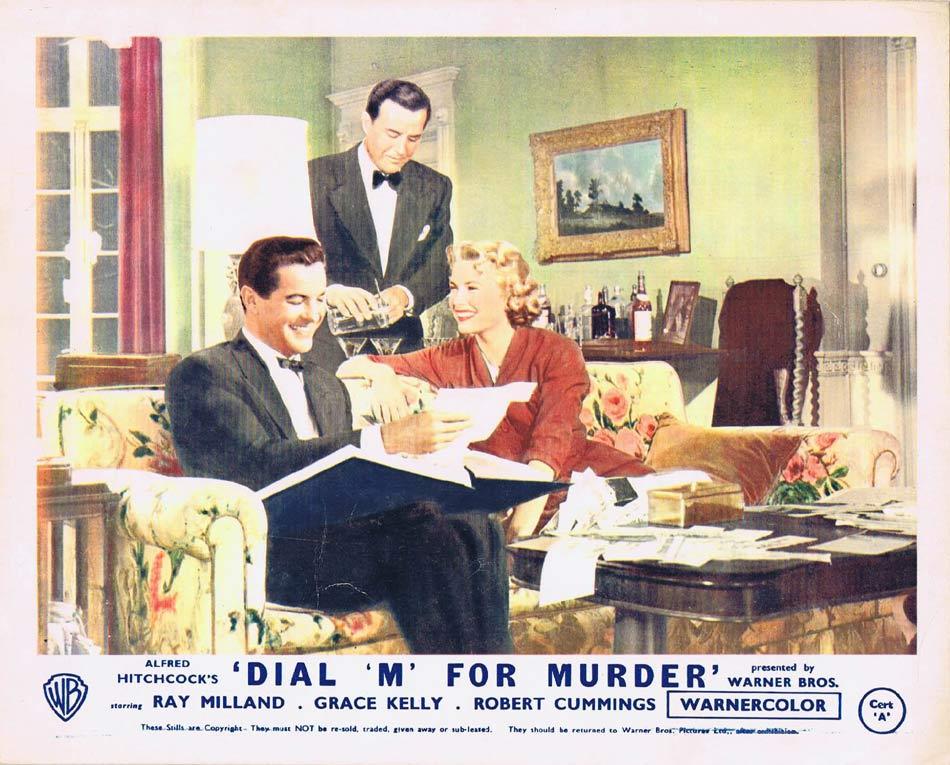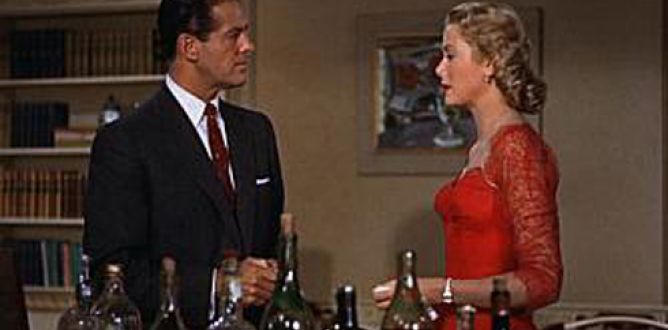


The following image is of Margot and Mark embracing. The wife then lifts her eyes off her paper and cautiously scans her husband’s face, as she discovers her lover, Mark (Robert Cummings) has arrived into town. The opening scene of the film is of Tony and Margot, husband and wife, kissing. In Dial M for Murder, he sets his film in a London apartment, focusing on the complex relationship of a husband and wife. The film, however theatrical in this regard, is made cinematic in its exploration of space and its use of 3D.Īlfred Hitchcock had previously experimented with narratives that confined its audience in a single location, with films such Lifeboat (1944) and Rope (1948). Tony (Ray Milland) asks that Margot (Grace Kelly) call him during the intermission of their show later, we have our own intermission after she has successfully killed Captain Lesgate (Anthony Dawson). There is even an “Intermission” between the two acts. The majority of the action in Dial M for Murder place within a single location, as characters perform in long, unbroken takes. This was a 3D camera rig that was used on a number of 3D films during this time period.ĭial M for Murder became a visual exercise for the director he experimented with style and technique, using a camera that Grace Kelly described as being “the size of a room,” and added a cinematic touch to the theatrical quality of the film. The film was photographed by Robert Burks using the Natural Vision 3D camera process that was developed by Milton Lowell Gunzburg. Dial M for Murder is now remembered for its experimentation with 3D and its inventive use of space. Alfred Hitchcock would later comment on 3D by saying, “It’s a nine-day wonder, and I came in on the ninth day.”ĭial M for Murder was eventually overshadowed by Rear Window (1954), arguably one of the director’s greatest achievements, which was released a few months later. The film eventually opened in 2D and most audiences saw the film in its flat format. In May 1954, when Dial M for Murder was finally released, audiences and studios had lost interest in 3D.


 0 kommentar(er)
0 kommentar(er)
